2018 Beekeeping Season Wrap Up
This was my fourth season beekeeping and it was an exciting one! The season was filled with learning and adventure. I got to mentor some new beekeepers and continue to work with other beekeepers that I had worked with in previous seasons. This season was also the first season for bees to live in The Maynard Honeybee Meadow. I was also able to add another hive at the Virginia Thurston Healing Garden.
Before the season started, I had to decided where I was going to order bees from. This year, I wanted to try some different bees. I learned about the Varroa Sensitive Hygienic queens and decided that was what I was going to try. The VSH bees will detect and remove pupae that have mites in the cells with them. When they open the cells and kill the pupae the young mites are also killed. This behavior helps to reduce the mite load in the colony without the use of chemicals.
There was a farm about an hour from me that was selling packages with VSH queens. My four packages were ordered and some of the beekeepers that I have been working with also ordered bees from the same farm. I volunteered to do pick up on the day that the bees were ready. All together we had ordered eleven packages and they all had to fit into the trunk of my Honda Civic!
The day of pick was was cold and at home there was sleet coming down. As I drove further west, the sleet became snow. It was an awful day to pick up these bees, but we had no choice. They were at the farm and needed a place to go. With the weather as bad as it was, there was no way we were going to install the bees into the hives. Instead, eleven packages of bees spent the night in my mudroom. Luckily, the weather greatly improved the next day.
Installation day was a full day. I would be helping with all of the installations, so I decided to install the Meadow bees first. To add to the length of my day, the queen with this package was dead and I had to drive back to the farm to get another one to install into the Meadow. That had to wait until all of the other installations were done. The rest of the packages were fine and everything went smoothly. I was able to get a new queen for Meadow and get her into the hive that same day.
All of the colonies seemed to start out well, but the Meadow Hive exploded with growth. It was very exciting this year to actually catch some bees in the act of secreting wax! This was the first time that I had ever seen that! The Meadow Hive was the hive that I was most likely to be able to see this in. They built comb and filled it with nectar so quickly that by the end of June I was removing bars full of honey and replacing them with empty bars.
A total of 14 bars were removed from the Meadow Hive and I added in 13 empty bars and some spacers to make it easier to get into the hive. When I started out beekeeping, I was told that you should not remove any honey from a first year top bar hive. An important lesson that I have learned is that everything needs to be taken into consideration, each colony is different and so is each season.
The Meadow Hive is a bit different than my other hives. The bars are different too and I had a hard time working with them. This very big and strong colony was not happy with me fumbling through their hive and they let me know it. As the season progressed, I did not check in on the Meadow Hive as much as the other hives. They had so much honey and the brood nest was consistently a good size. The last thing they needed was me poking around every couple of weeks.
The other three hives continued to grow too. The Willow Hive colony got so big that they were preparing to swarm in June! One of the beekeepers that I have been working with had built a top bar hive and it was empty so I decided to split the colony. I took the original queen and some bars with brood and food, as well as worker bees, and moved them into the other top bar hive. In the original hive there were plenty of queen cups with larvae or pupae in them so it would not be long until they had a new queen. The split was a complete success! Both hives continued to grow and flourish.
The Orchard Hive and Healing Hive were not growing as quickly, but they were still doing well. Each of them decided to replace their queens though. They were not preparing to swarm though, they killed the original queens and then made new queens to replace them. The Orchard Hive did this first and after they had killed their queen, the buzz that came from the bees was mournful. It sounded so different than in the queen right hives. I had never heard this before.
The Healing Hive did this too, but their mournful buzzing continued on even after the new queen was mated. It didn’t take long for me to realize that she had not mated well and she could only lay drones. This colony was going to die and it was too late in the season for me to really help them. It was so sad to see this colony waste away. The new queen even laid drone eggs in worker cells, resulting in worker size drones. I decided to just let them live out their lives, they had enough honey for the remainder of their time.
As the summer started to come to an end, the Willow and Orchard hives were not storing up much honey. I had been hoping that the fall flow would solve that problem, but it did not. After speaking with the owner of the farm where the bees are, I realized that the issue is that there are too many bees on the farm. There is not enough late summer/fall forage to sustain all of the bees on and around the farm. This led to me feeding them through the fall up until it was too cold for them to take the sugar syrup.
The Willow Hive had done well storing their syrup and they had about 14 bars full by the end of the season. However, the Orchard Hive did not do as well. They had very little stored up and needed candy for the winter. Putting the candy into the hive was quite the ordeal and I made a mess out of that. The good thing is that I was able to mostly fix it and they ended up with a ten pound pile of sugar in the hive!
As winter approached, I knew that this year I needed a new plan for blocking the wind. A beekeeper in Western Massachusetts had a video on YouTube about his solution for wind blocking. He used reflective insulation boards and created a barrier around the north side of the hives. This was the idea that I wanted to try, hay bales were a nightmare and I needed something different. The other beekeeper at the farm and I worked together to put up the insulation boards on the north side of all of the hives at the farm. All of the bees had food and protection from the wind and now we just wait until spring comes.
This year, I also got to do some more mentoring. It is such a joy working with people who are interested in top bar beekeeping. Mentoring allows me to work with new people and be exposed to many situations that I might not be if I am only working my hives. I have learned so much by mentoring other beekeepers and I really appreciate the chance to have these experiences.
It was an year full of excitement and learning! With all that happened, I am really looking forward to this coming beekeeping season. Each year brings new discoveries and learning. Going in to 2019 I am eager to see what the beekeeping season brings. I am really looking forward to spring!
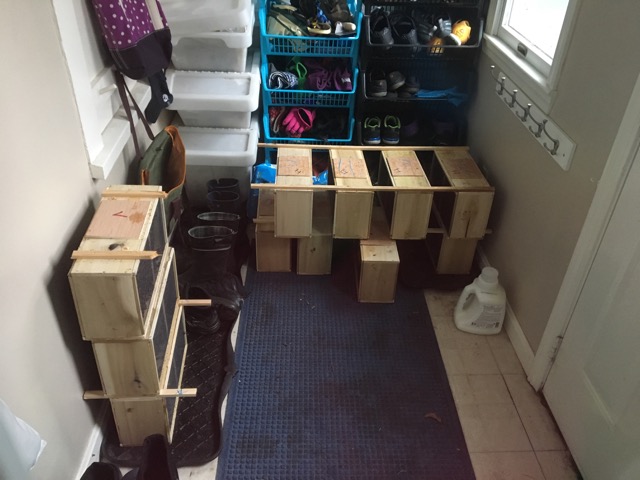
Mudroom full of bees 
In the trunk 
Installation day 
Bee bowl 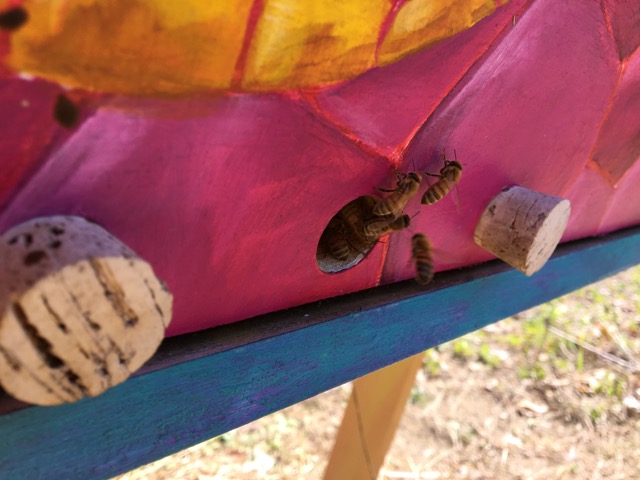
Home sweet home 
New comb 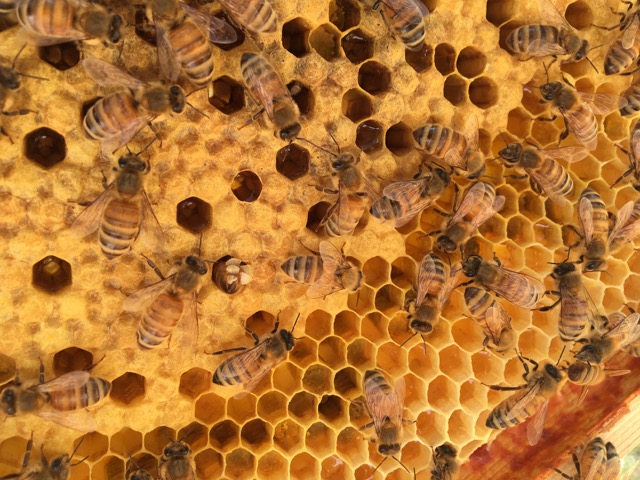
Secreting wax 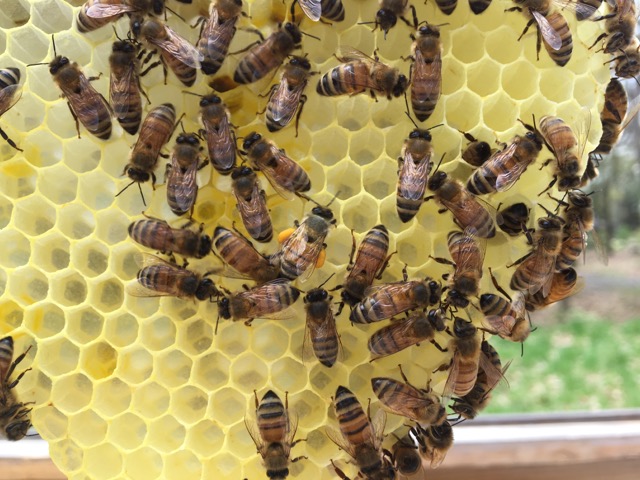
Pollen pants 
Her majesty 
Chubby larvae 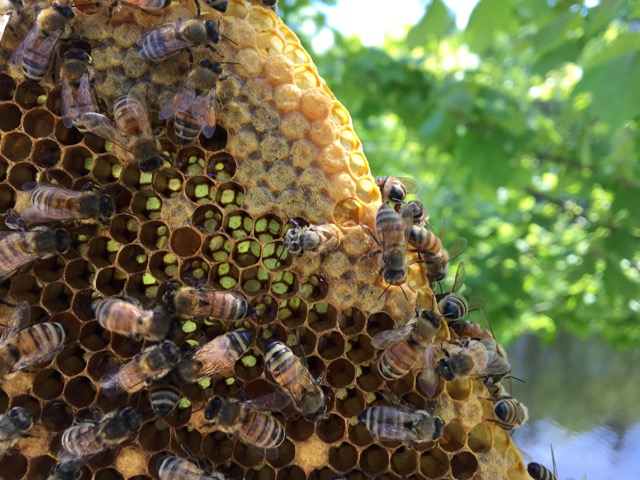
Bee emerging 
Queen cups 
Capped queen cup 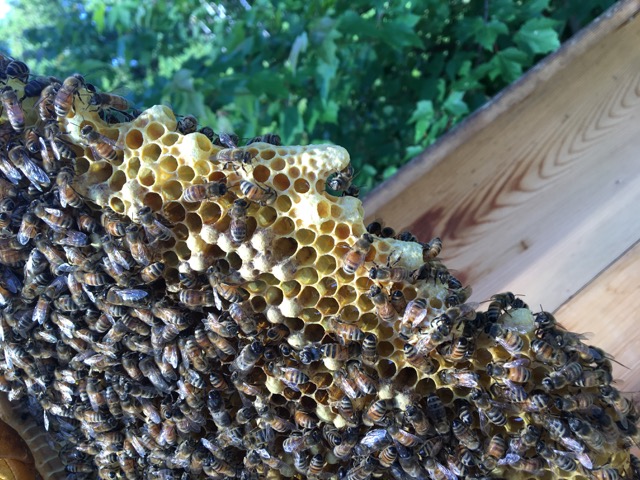
Lots of queen cups 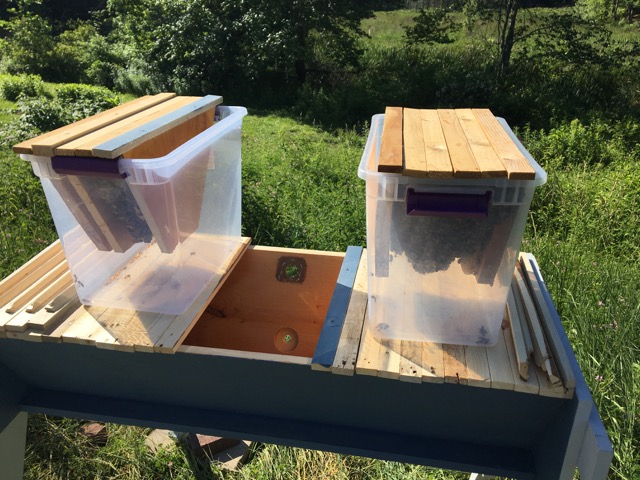
Making a split 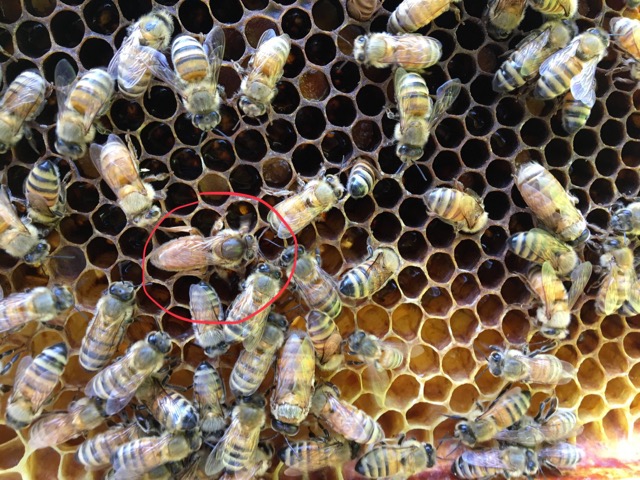
Unmated queen 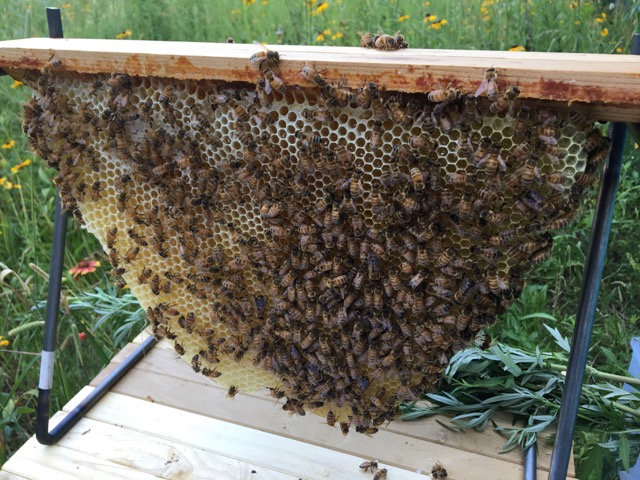
Lots of nectar 
Capped honey 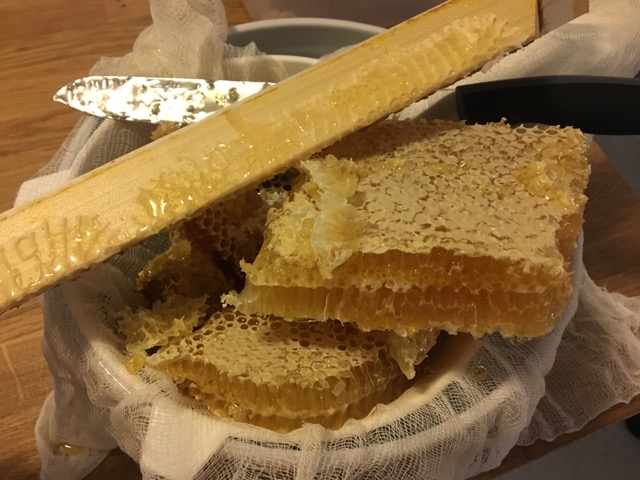
Honey 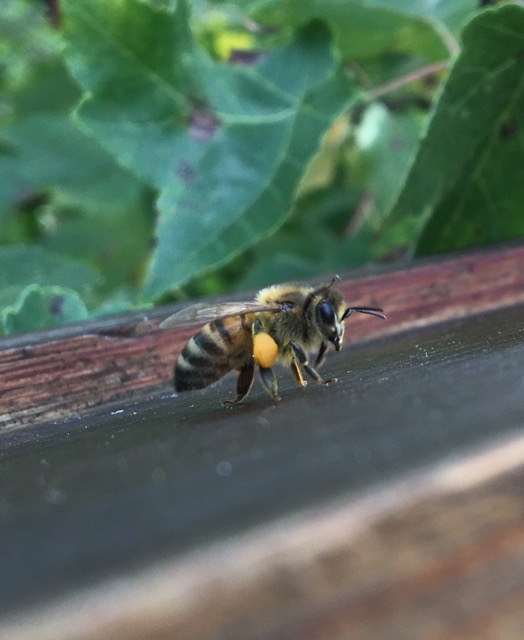
Waving 
So many bees! 
Handle bar? 
Worker size drones 
Great view 
Candy! 
Meadow Hive 
Orchard Hive 
Willow Hive